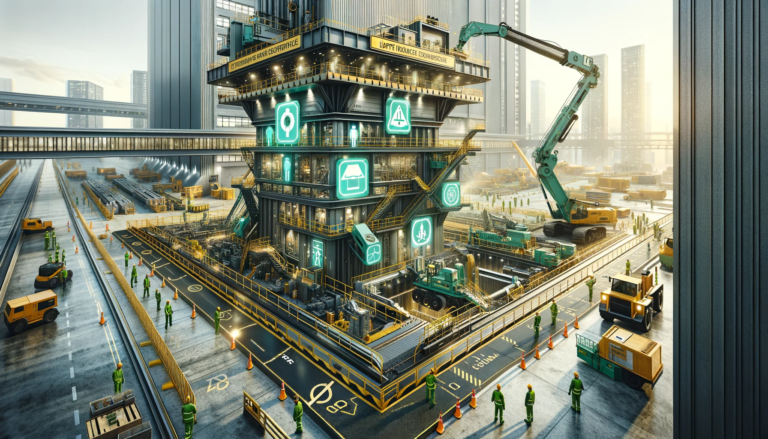Understanding Captive Insurance in Construction
What is captive insurance (CI) and how does it apply to the construction sector? In simple terms, (CI)refers to a company-owned insurance firm that provides coverage for the parent company’s risks. As the construction industry faces unique challenges and risks, implementing a (CI) strategy can help companies better manage their exposure and improve their financial stability.
Examining Major Types of (CI) Companies
What are the two major types of (CI) companies, and how do they differ? The first type, known as single-parent or pure captives, is owned by one parent company and insures only that company’s risks. The second type, called group captives, is owned by multiple companies that share similar risks, offering a more collaborative approach to risk management. For construction companies, selecting the right captive structure depends on the specific risk profile and strategic objectives.
Considering Captive Insurance Disadvantages
What are the disadvantages of (CI), and how can construction companies mitigate these potential drawbacks? Some challenges include high start-up costs, increased regulatory scrutiny, and potential liquidity issues. By conducting thorough (CI) analysis and working with a knowledgeable insurance partner, construction companies can minimize these disadvantages and make informed decisions about their insurance strategy.
Comparing Captive and Non-Captive Insurance
What is the difference between captive and non-captive insurance, and why would a company create a captive insurer? (CI) allows construction companies to retain more control over their risk management, while non-captive insurance relies on third-party insurers. The most common type of captive insurer is a single-parent captive. Construction companies might choose (CI) over non-captive options to achieve greater control, cost savings, and risk management benefits.
Contact us to know more today!


